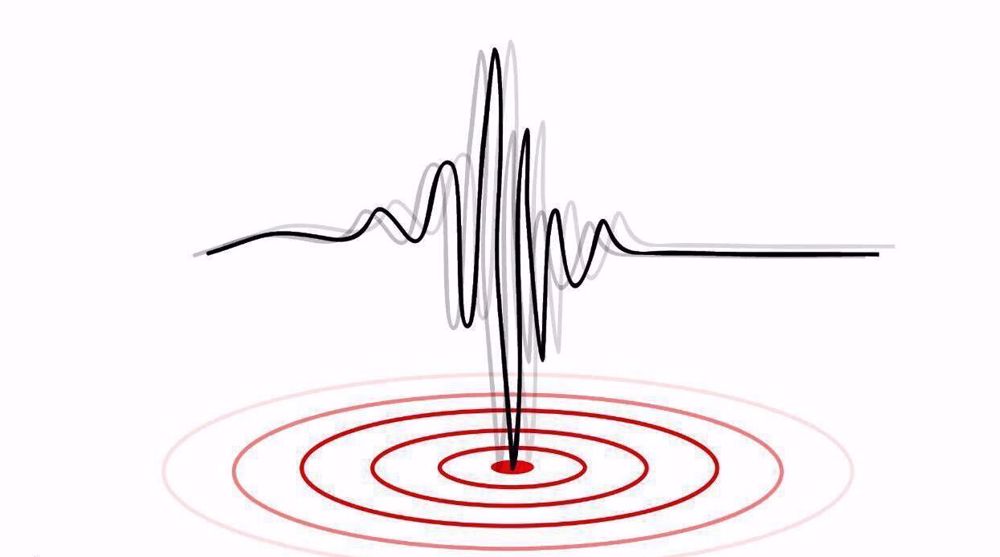Intel releases Hawking’s speech software for free
American multinational technology company Intel Corporation has released the software that enables Stephen Hawking to talk.
The software developer said Wednesday that the Assistive Context-Aware Toolkit (ACAT) could be used by researchers working on new user interfaces for those suffering from various diseases such as motor neurone disease, from which the English cosmologist suffers.
The program, which can run on Microsoft Windows 7 or higher, depends on Professor Hawking’s cheek muscles movement; however, other body parts, depending on the disease, could be used.
ACAT detects visual signals and turns them into words that can later be pronounced out loud by a machine.
Its full source code has been published on code-sharing site GitHub and can be accessed by all for free.
The program is not merely used for this purpose and can have other functions.
"We have contextual menus to access all different parts of your computer," Intel’s principal engineer, Lama Nachman, told state-funded BBC. "If you want to use Word, surf the web or speak you can use ACAT for that."
Nachman further expressed hope that the program is ameliorated by developers based on the needs of a given patient.
"We also have an accelerometer [motion] sensor for patients who can use a finger but not much more, and a button system for someone who can push a button," she said.
British charity Motor Neurone Disease (MND) Association hailed the measure.
"Helping maintain communication for someone with MND could be as simple as using a pen and paper. But as the disease progresses people often lose the use of their hands too," said Karen Pearce, director of care for the MND Association.
‘Ghost town’: 70% of Jabalia buildings destroyed by Israel
Mother’s Day: Sareh Javanmardi’s inspiring journey as Paralympic champion and mother
Russia downs over 40 Ukrainian drones as Putin vows 'destruction' on Kiev
VIDEO | Yemen: A bone in Israeli neck
D-8’s role in Iran’s economy after Cairo summit
China slams US as ‘war-addicted’ threat to global security
China ‘firmly opposes’ US military aid to Taiwan
VIDEO | Press TV's News Headlines










 This makes it easy to access the Press TV website
This makes it easy to access the Press TV website